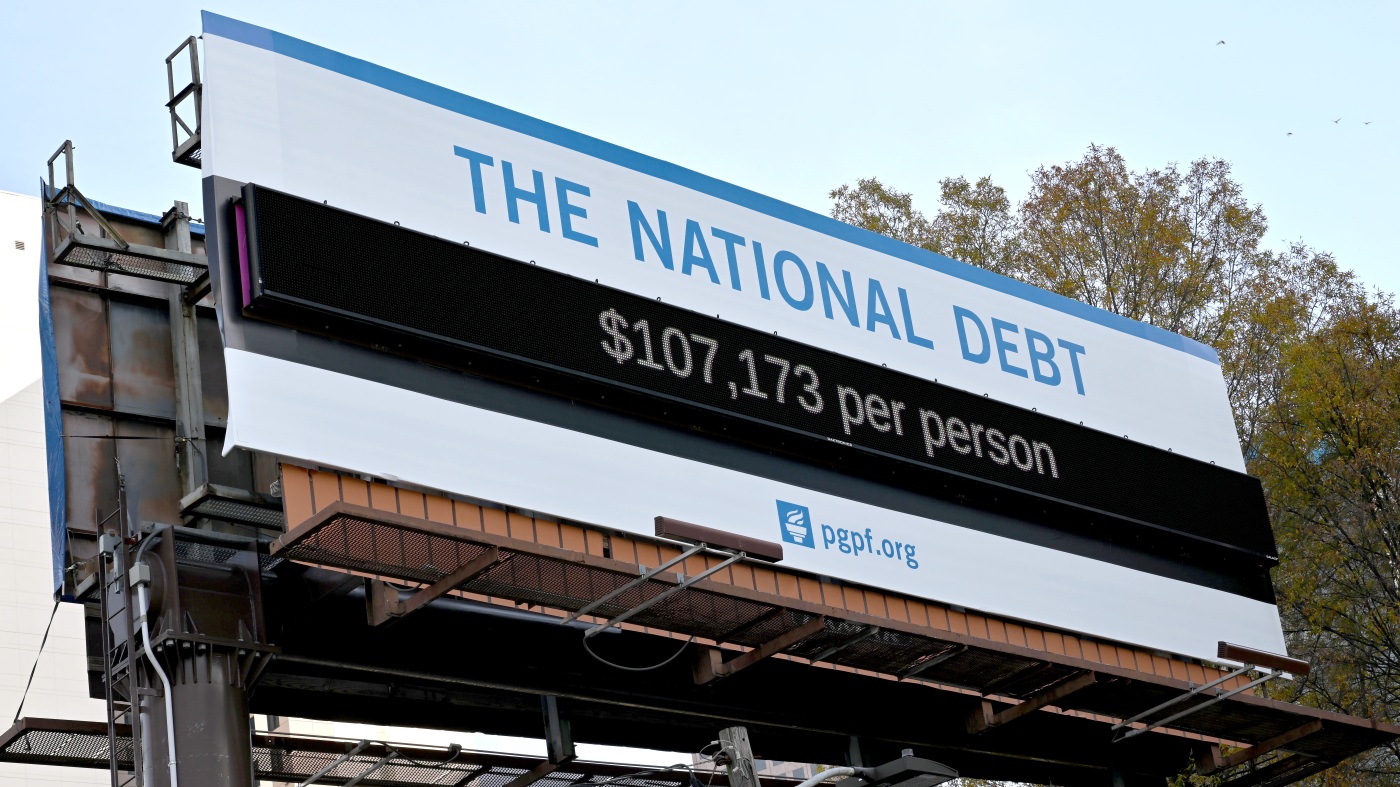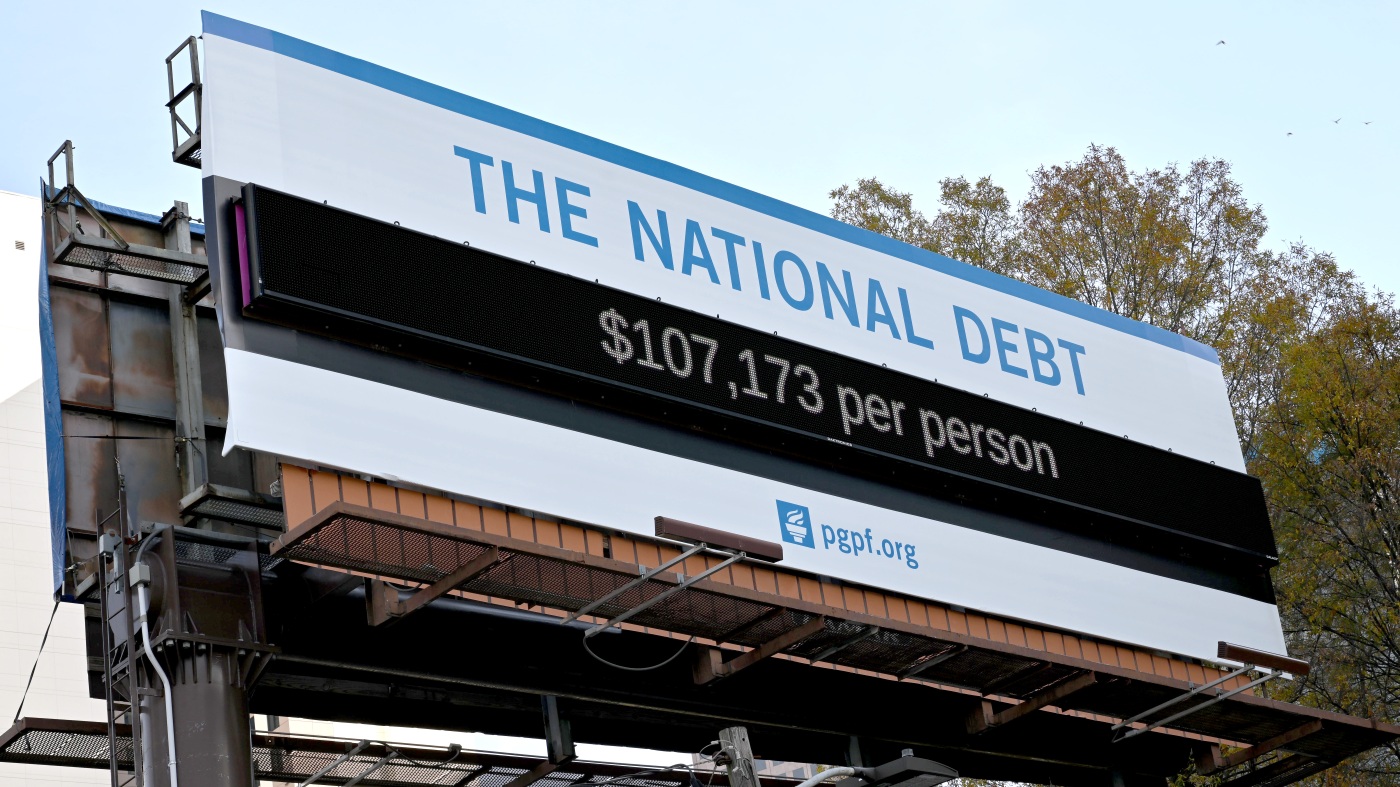The United States national debt has long been a topic of concern, but recent legislative actions by the GOP have intensified debates about its future trajectory. The passage of what many are calling a “megabill” has sparked discussions about its potential impact on the nation’s fiscal health. This sweeping legislation, which includes tax cuts, spending provisions, and policy changes, is projected to significantly increase the national debt. Understanding the implications of this bill is crucial for assessing its long-term effects on the economy and society.
The Numbers Game: Quantifying the Debt Increase
The most immediate and widely reported consequence of the GOP’s megabill is its projected impact on the national debt. Estimates from various sources indicate a substantial increase over the next decade. The Congressional Budget Office (CBO), a nonpartisan agency that provides budget and economic information to Congress, projects that the bill would add significantly to the national debt. Reports cite CBO estimates ranging from \$2.4 trillion to \$3.3 trillion over the next 10 years. Similarly, the Yale Budget Lab estimates an increase of around \$3 trillion to the national debt over the same period. The Committee for a Responsible Federal Budget (CRFB) suggests an even more drastic scenario, potentially raising the national debt to 126% of GDP by 2034, with deficits possibly reaching \$5.5 trillion. Moody’s Ratings has also downgraded the nation’s debt, citing the potential for the new bill to add \$4 trillion to the federal primary deficit (excluding interest payments) over the next decade.
These figures paint a stark picture: the GOP’s megabill is poised to substantially increase the nation’s debt burden. The specific components of the bill that contribute to this rise, as well as the beneficiaries of these changes, warrant closer examination.
Anatomy of a Debt Driver: Key Provisions and Their Impacts
The GOP’s megabill encompasses a complex array of provisions, each with its own fiscal implications. The following are key elements that contribute to the projected increase in the national debt:
These components, working in tandem, create a fiscal environment where government revenues are reduced through tax cuts, spending is reallocated, and the national debt is projected to swell significantly.
Winners and Losers: Who Benefits and Who Bears the Burden?
The GOP’s megabill has distributional consequences, meaning its benefits and burdens are not evenly shared across society. Understanding these distributional effects is crucial for evaluating the bill’s overall impact.
- Top Earners and Corporations: The tax cuts included in the bill primarily favor corporations and high-income earners. This is a deliberate policy choice, rooted in the belief that lower taxes on businesses and wealthy individuals will incentivize investment and job creation. Proponents argue that these policies will lead to economic growth and higher tax revenues in the long run. However, critics contend that the benefits of these tax cuts are disproportionately enjoyed by a small segment of the population, exacerbating income inequality.
- Lower and Middle-Income Individuals: The bill’s potential cuts to social safety net programs, such as Medicaid and SNAP, could disproportionately affect lower and middle-income individuals and families who rely on these programs for essential needs. These cuts can have significant impacts on the quality of life for vulnerable populations, potentially leading to increased poverty and economic hardship. The reallocation of resources away from social programs can also have long-term consequences for public health and education.
- Future Generations: The increased national debt resulting from the bill will ultimately be borne by future generations of taxpayers. They will face the burden of repaying the debt, potentially through higher taxes or reduced government services. The long-term economic implications of increased debt can also affect future economic growth and prosperity, creating a legacy of fiscal challenges for future generations.
The distributional effects of the GOP’s megabill raise fundamental questions about fairness, equity, and the role of government in addressing inequality. The debate surrounding these issues highlights the need for policies that promote economic growth while ensuring that the benefits are shared broadly across society.
The Economic Fallout: Potential Consequences of Increased Debt
A significant increase in the national debt can have far-reaching economic consequences, affecting everything from interest rates to economic growth. The potential impacts of increased debt include:
These potential consequences underscore the importance of responsible fiscal policy and the need to carefully consider the long-term implications of government borrowing. The choices made today will have lasting effects on the economic landscape of tomorrow.
The Great Debate: Contrasting Perspectives on Fiscal Policy
The GOP’s megabill has ignited a fierce debate about the appropriate role of government in the economy, the merits of tax cuts, and the sustainability of the national debt. Understanding the different perspectives on these issues is essential for navigating the complexities of fiscal policy.
- Supply-Side Economics: Proponents of the bill often subscribe to supply-side economics, which emphasizes the importance of tax cuts to stimulate economic growth. They argue that lower taxes incentivize investment, job creation, and increased productivity, ultimately leading to higher tax revenues. Supply-side economists believe that the benefits of tax cuts will outweigh the initial costs, leading to a net positive impact on the economy.
- Demand-Side Economics: Critics of the bill often adhere to demand-side economics, which emphasizes the importance of government spending to stimulate economic activity. They argue that government investment in infrastructure, education, and social programs can boost demand, create jobs, and promote long-term growth. Demand-side economists contend that the tax cuts included in the bill will not generate sufficient revenue to offset the initial costs, leading to increased deficits and debt.
- Fiscal Conservatism: Some argue that the GOP’s megabill deviates from core principles of fiscal conservatism, which traditionally emphasizes balanced budgets, debt reduction, and limited government spending. They contend that the bill’s projected increase in the national debt is fiscally irresponsible and unsustainable. Fiscal conservatives argue that the bill’s policies will lead to long-term economic challenges, including higher interest rates, reduced investment, and slower economic growth.
The debate surrounding the GOP’s megabill highlights the fundamental disagreements about how best to promote economic prosperity and ensure the long-term fiscal health of the nation. The contrasting perspectives on fiscal policy underscore the need for a balanced approach that considers the short-term and long-term implications of government policies.
A Debt-Laden Future? Navigating the Path Forward
The GOP’s megabill presents a complex set of challenges and opportunities for the future of the United States. As the national debt continues to climb, policymakers and citizens alike must engage in a thoughtful and informed debate about the path forward. This includes considering:
- Sustainable Fiscal Policies: Identifying and implementing fiscal policies that promote economic growth while ensuring the long-term sustainability of the national debt. This may involve a combination of tax reforms, spending cuts, and investments in areas that enhance productivity and competitiveness.
- Prioritizing Investments: Making strategic investments in education, infrastructure, and innovation that can enhance productivity, competitiveness, and long-term prosperity. These investments can help create a more dynamic and resilient economy, capable of sustaining growth and prosperity over the long term.
- Addressing Inequality: Implementing policies that reduce inequality and ensure that the benefits of economic growth are shared more broadly across society. This may involve targeted investments in social programs, education, and job training, as well as policies that promote fair wages and economic opportunity.
- Promoting Bipartisan Cooperation: Fostering a spirit of bipartisan cooperation to address the nation’s fiscal challenges in a responsible and sustainable manner. This may involve finding common ground on key issues, such as tax reform, spending priorities, and debt reduction strategies.
The choices made today will determine the economic landscape of tomorrow. The balloon continues to inflate. The question is, how much bigger can it get before it bursts? The answers to this question will shape the future of the United States and its place in the global economy.








